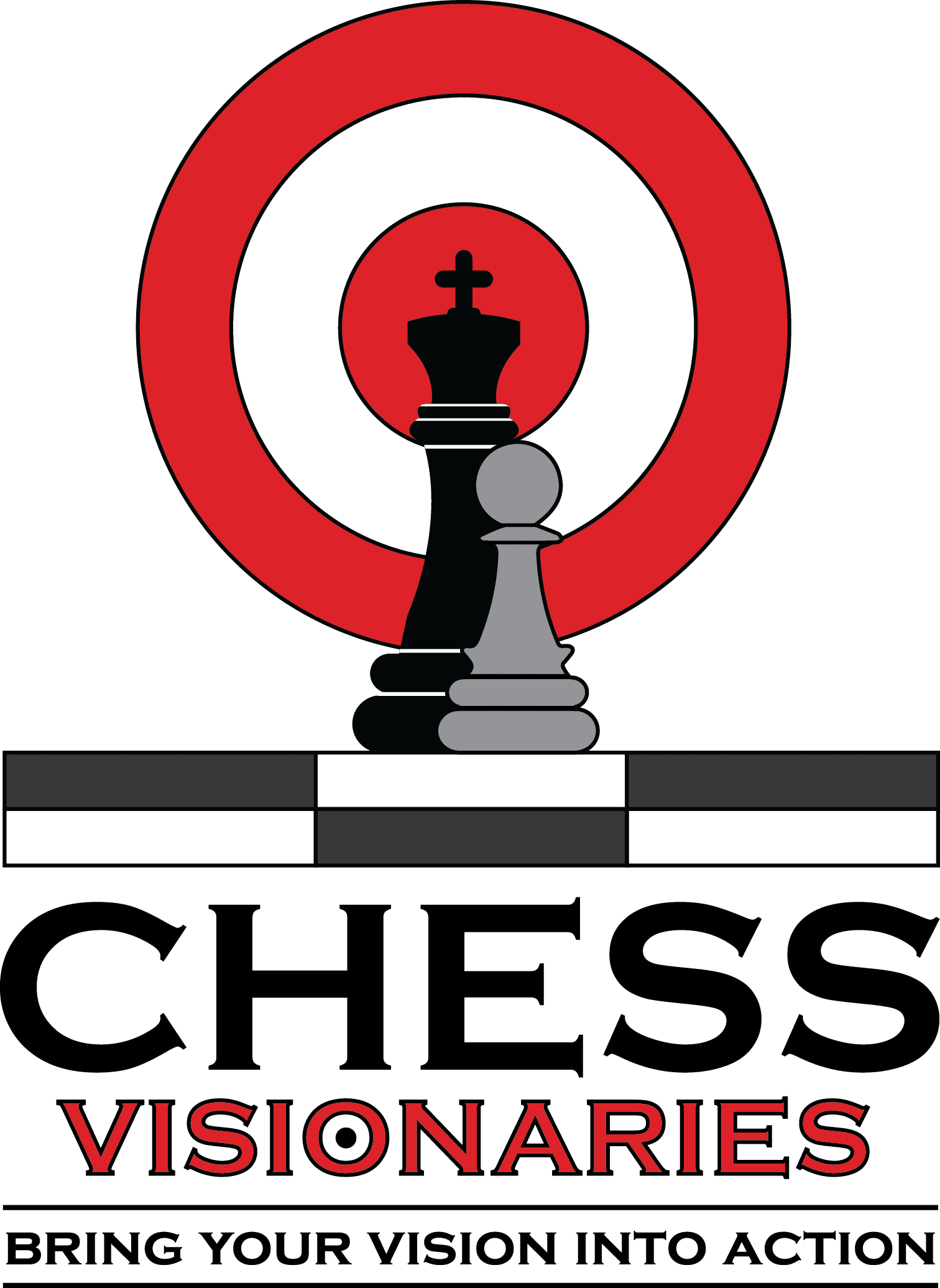BRING YOUR VISION INTO ACTION
Learn the top 10 defensive strategies in chess—from careful castling to mastering tactics. Protect your king, counter threats, and level up your chess defense with these expert tips.
10 Ways to Defend in Chess Like a Master
Defense in chess is just as important as attack. Many beginners focus on aggressive moves but forget that a strong defense often wins games. In this guide, we share 10 proven defensive strategies to help you protect your king and outlast your opponent.
♟️ Tip 1: Be Careful When Castling
Castling is essential for king safety, but don’t rush. Always check whether the opponent can launch an immediate attack on your castled position. A poorly timed castle can backfire.
♟️ Tip 2: Pay Attention to the Queen
The queen is the most powerful piece. Keep an eye on your opponent’s queen activity—many quick attacks start with queen maneuvers. Guarding against it early saves you from deadly tactics.
♟️ Tip 3: Trade Pieces When Needed
Simplifying positions by exchanging pieces is a smart defensive technique. If your opponent has attacking pieces near your king, trading them off reduces pressure and neutralizes threats.
♟️ Tip 4: Always Plan Ahead
Good defense is about anticipation. Ask yourself: What is my opponent planning? Playing one move ahead isn’t enough—you need a clear defensive strategy for the coming moves.
♟️ Tip 5: The Best Defense Is a Good Offense
Sometimes counterattacking is the strongest defense. By creating threats of your own, you shift the opponent’s focus away from your king. Active defense beats passive waiting.
♟️ Tip 6: Avoid Open Files Near Your King
Open files are highways for rooks and queens. Don’t let your opponent control open files next to your king. Block or contest them with your pieces and pawns.
♟️ Tip 7: Consider ALL Threats
Never assume your opponent will make a mistake. Look at all possible threats—even the hidden ones. Spotting tactics early is the difference between survival and checkmate.
♟️ Tip 8: Use f4/f5 in Kingside Castles
When castled kingside, advancing your f-pawn to f4 or f5 can be a strong defensive idea. It creates space for your pieces, limits opponent’s attacks, and sometimes launches a counterstrike.
♟️ Tip 9: Use Opponent’s Pawn as a Shield
Ironically, the pawns your opponent pushes can become your best protection. By not capturing them immediately, you can use them as a barrier against enemy pieces.
♟️ Tip 10: Master Tactics
Ultimately, defense in chess comes down to spotting tactics. The more puzzles you solve, the sharper your calculation becomes. Strong tactical awareness ensures you never fall to simple tricks.
Conclusion
Strong chess defense isn’t about playing passively—it’s about combining king safety, smart trades, counterplay, and tactical alertness. By mastering these 10 defensive tips, you’ll not only stop your opponent’s attacks but also turn the tables and launch winning counterattacks.
At Chess Visionaries, we train students to balance attack and defense, ensuring they grow into well-rounded chess players ready for tournaments and beyond.

